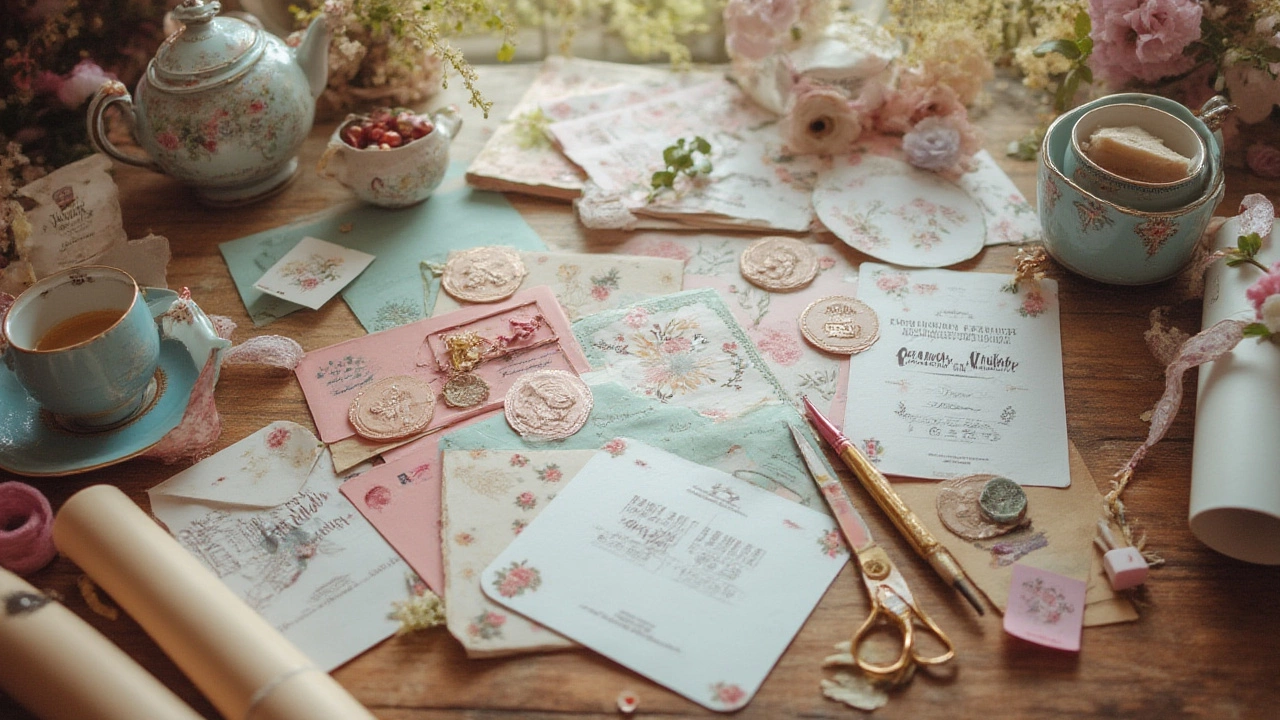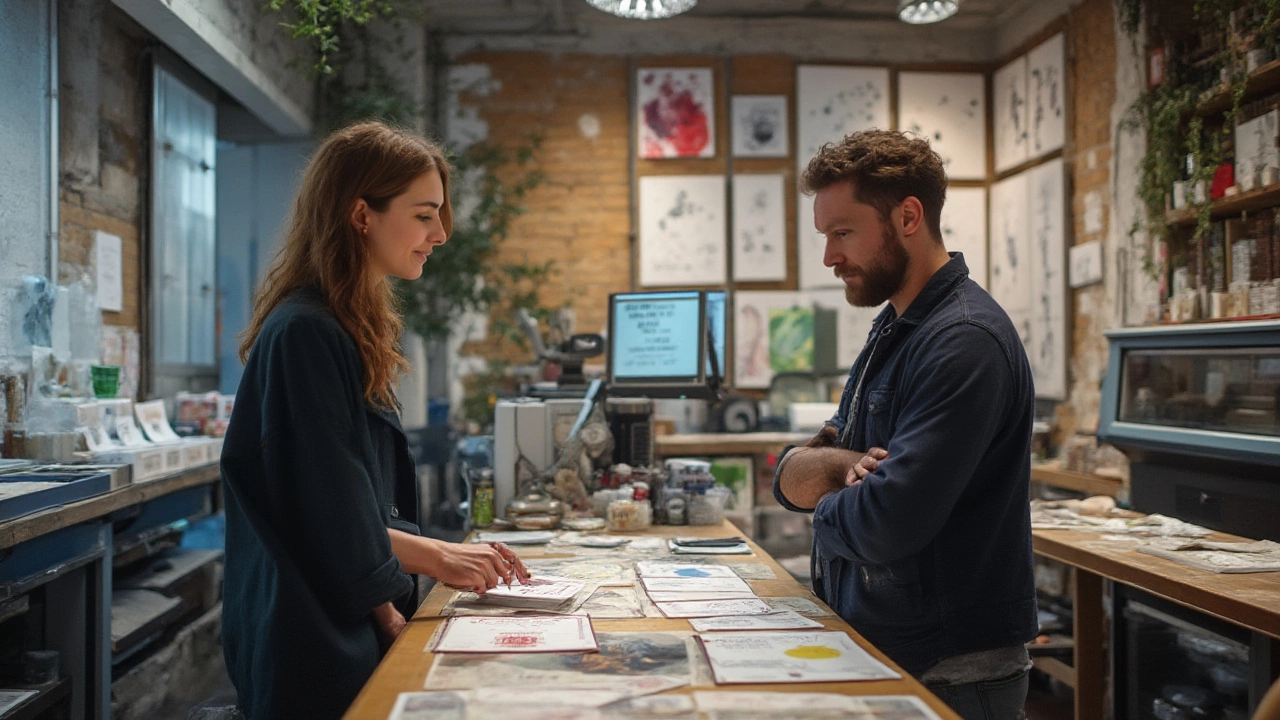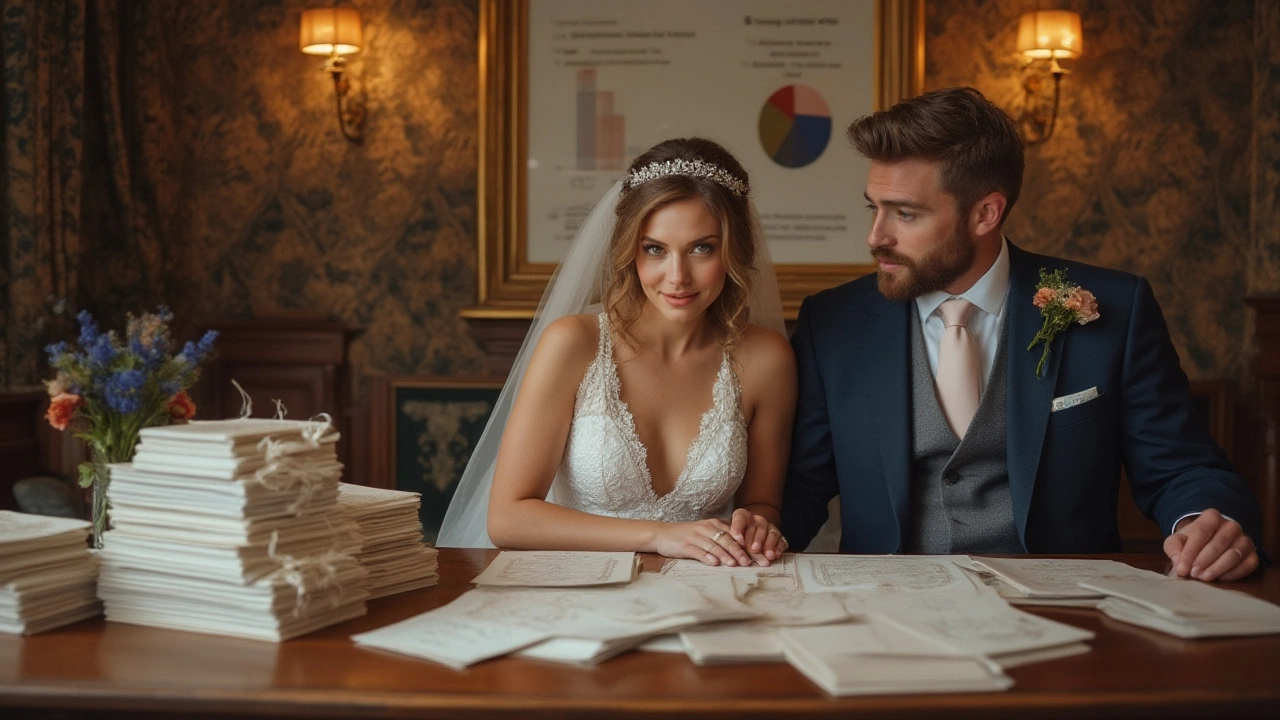So you’re staring at your spreadsheet, daunting numbers staring back, and ask: How much does it actually cost for 100 wedding invitations? It’s the million-dollar—well, maybe $500 to $5,000—question that can tip your wedding budget out of balance, fast. Invitations might seem like a simple piece of paper, but they’re more like a gateway to your day; guests instantly get a taste of what’s coming. Still, the costs? They’re all over the map. Right now, in 2025, there’s a crazy amount of options, everything from bespoke letterpress to digital invites you print at home, not to mention those laser-cut pocketfolds that look like they belong in a fairy tale. And nobody tells you about the sneaky extras!
Let’s break down exactly what goes into the cost for 100 wedding invitations, look at real numbers, check out ways to save, and tackle some wedding-world truths most people won’t mention until you’re already in too deep. Here’s everything you need to know, stress-free and straight-up.
Breaking Down the Real Price: What Are You Actually Paying For?
If you only Google "average cost of 100 wedding invitations," you’ll probably see numbers like $200 to $1,500, but that’s honestly just the start. The exact figure depends on three big things: the design, the printing method, and all the bells and whistles that stationers love to tack on. Let’s get specific, because there’s a world of difference between a $2 invite and a $25 one.
First, look at the base invite. Digital printing, which is like the everyday printer but fancier, often runs from $1 to $3 per invite. Easy math: $1.50 each times 100, and you’re at $150 for just the main card. Foil stamping, letterpress, embossing, or that dreamy watercolor illustration? You’re suddenly at $5 to $10 or more per invitation—so now it’s $500 to $1,000 before you blink.
But wait. That’s just for the main card. Most couples also include an RSVP card and envelope (add around $1 each), maybe a details card for the venue or wedding website (add $1 to $2), and you haven’t even picked an envelope style yet. Want a wax seal, ribbon, or that swanky pocketfold that everyone’s obsessed with on Instagram? Each extra adds anywhere from $0.50 to $3 per invite, and it multiplies fast.
Here's a quick glance at what a typical 100-invite order might include in 2025, using average ballpark costs:
| Item | Low Estimate | High Estimate |
|---|---|---|
| Main Invitation | $100 | $1,000 |
| RSVP Card & Envelope | $100 | $300 |
| Details/Info Card | $100 | $200 |
| Outer Envelope | Included | Included |
| Lined or Specialty Envelope | $50 | $200 |
| Wax Seals/Ribbon/Pocket | $50 | $500 |
| Address Printing | $50 | $250 |
| Postage (USPS First Class as of July 2025: $0.73/invite) | $73 | $73 |
| Assembly Fees | $0 | $200 |
Add those up, and you’re seeing a wedding invitations cost from $523 up to $2,723—just for 100 completed sets, ready to mail. If you go truly custom (think hand-painted, artisan paper), that number can double or triple, but for most couples, the sweet spot leans between $400 and $1,500 all-in.
Why Invitations Get So Pricey: Surprising Factors That Add Up
You’re probably wondering—what’s driving these wild price swings? It isn’t just the style (though luxury flourishes really do hike up the bill). Several behind-the-scenes things seriously add to the expense, and some are easy to miss if you’re ordering invites for the first time.
Printing method plays a bigger role than most realize. Digital is cheapest. Thermography—raised ink—costs more. Letterpress, which uses real metal or wood plates to press the design into thick cotton paper, can cost triple what digital does, but it looks and feels like luxury. Foil stamping and embossing also need specialized equipment, so again, prices climb.
Paper quality completely changes the vibe and the budget. Cotton rag, deckled edges, textured card stock—these “arty” papers usually only show up on high-end invites. They're heavier (think double postage), but also leave a serious impression. Smooth card stock, on the other hand, is affordable but sometimes just doesn't have the weight or feel people want for a formal affair.
Design costs are sneaky. Pre-designed “templates” from popular online providers are wallet-friendly, especially if you’re sticking to the basics, and lots of sites let you customize fonts and colors for free. But once you step into custom illustration or hand-drawn crests, graphic designers often charge $100–$500 for their time, or even more if you want unlimited revisions or a full branding suite.
It doesn't stop there: Addressing the envelopes is another line item. Some stationers include it, but calligraphy or specialty print runs from $1–$3 each, so up to $300 for just addressing 100 envelopes. Preferring the “assembly included” route because, honestly, gluing liners, tying ribbons, or stuffing pockets can take hours? Most companies now charge $100–$300 to do the grunt work for you.
Lastly, nobody talks about postage until the end, but it really adds up. As of July 2025, a Forever Stamp is $0.73 each in the U.S.—plus, if your invitation is “non-machinable” (square, unusually thick, or includes wax seals or ribbons), USPS adds a $0.40 surcharge per envelope. That's another $40 if your invites are bulky or fancy!

How and Where to Trim Costs Without Losing the Wow Factor
Good news: You can totally score gorgeous invitations without wrecking your budget. It’s all about knowing where to splurge and where to keep things simple. You might not need every add-on—or you could swap the most expensive features for clever alternatives.
First, skip the extras if you don't need them. Do you really need double envelopes? Most guests toss the outer envelope anyway. Details cards for hotel blocks and maps are cute, but if you have a wedding website, just pop a small website line on your main invitation and save $100–$200 right there.
Second, DIY can mean more than printing on your home computer. Tons of online services now let you design your invitation, then ship you printed cards for less than $2 each. Canva and Minted, for example, offer semi-custom invites with designer flair, but you avoid the markup of boutique brands. Office supply stores, like Staples or FedEx—yep, they print wedding invites now, too—for $1–$1.50 apiece if you supply the design. Don't forget to search discount codes; in summer, retailers like Zola and Shutterfly run frequent sales of 25–40% off.
For classic elegance on a budget, opt for digital printing on heavier (120-lb) cardstock, and skip the letterpress. Add a pop with a colorful envelope or a wax seal sticker instead of a real wax seal. Want something handmade? Ribbon and seal kits from Amazon or craft stores cost about $20 and dress up all 100 invites yourself in a weekend.
Another tip: Order extra—always at least 10–15 more than your guest list. Reordering 20 invites later can cost up to three times as much as adding them to your original order because of setup costs. And nobody loves running to the post office the week before the wedding after Aunt Marge’s original invite gets lost in the mail.
Popular Invitation Services: Real-World Costs in 2025
The wedding invitation scene is packed with choices, but your costs will really depend on which provider you go with—big online retailers, boutique designers, or your local print shop. Let’s look at a few places couples are actually ordering from right now, with real 2025 pricing for 100 invitations:
- Zola: Digital printing, two-piece invitation suite (invite + RSVP; envelope included), about $2.20 per set. You’re looking at $220, plus tax and shipping—plus, they run regular sales knocking prices down as low as $1.70/set.
- Minted: Premium paper, two-piece suite with standard envelopes, and basic addressing included; sets usually run $2.80–$4.20/set, so about $280–$420 for 100, before extras like envelope liners, belly bands, or fancy foil.
- Paper Source: Well-laid-out semi-custom suites, most $1.50–$3.50 per invite, so $150–$350 total. Assembly and printing upgrades cost extra, but lots of people rave about the luxe “feel” for the price.
- Etsy or Local Designers: Totally up to your customizations—some shops sell print-yourself templates for $10–$25, while printed invites by hand can be $5–$15 each set, plus shipping. You usually get more personal attention, but pay a design premium for small-batch orders.
- FedEx/Office Depot/Staples: Surprisingly, they’re budget-friendly at $1–$2 per invite if you come with a finished PDF; most don’t include RSVP cards, so you’ll want to check specs first. Fast turnaround, decent quality.
Want to go truly luxe or unique? Add-ons like velvet invitation boxes, handmade paper, wax-resist watercolor, or laser-cut “gatefold” invitations can shoot pricing up to $10–$30 per invite. Celebrities and influencers are known for spending $5,000 or more for custom suites, but most normal humans stick to the mid or bottom end—and still stun their guests.

Important Tips for Planning and Timing Your Invitation Order
Let’s talk timing—and a little bit of sanity. The right schedule helps you avoid rush fees, shipping headaches, and awkward “oh no, did we forget anyone?” moments. Here’s what you need to know when ordering 100 wedding invitations:
- Plan on finalizing your design at least 4–6 months before the big day if you want options, particularly for custom or specialty printing.
- Place your order 3–4 months out. This window gives plenty of time for revisions, printing, shipping, and, yes, fixes for those inevitable spelling mistakes (it happens!).
- Send invitations 8–12 weeks ahead of the wedding. If you need to do international mail, add another 2–3 weeks for delivery.
- Order at least 10–15 extra invites up front for last-minute guest additions, keepsakes, and inevitable misprints.
- Do a postage test before mailing all 100—envelopes with thick cards, ribbons, or wax seals may need extra postage. The sad truth: a lot of beautifully addressed invites return as “insufficient postage.”
- Consider digital RSVPs. Instead of return stamps and extra card stock, pop a QR code or website on your invite for quick replies. It also saves you $73 in stamps (and a lot of headaches chasing people down for their meal preference).
- Proofread everything. Get a friend or family member to check spellings, dates, and addresses to avoid costly fixes after printing.
- If you’re short on time, many online vendors offer “rush” production for a fee, but it varies—could be $20 to $200 extra, depending how quickly you need them.
- Ask about sample packs. Many stores mail out a suite of sample invites for $5–$15; testing the look and feel before you buy can save disappointment (and cash!) later.
Don’t fall for the myth that you HAVE to go all-out or spend a fortune to have beautiful wedding invitations. Think about what will genuinely make an impact for your vibe and your guests, and don’t be afraid to mix and match ideas from different sources. At the end of the day, it’s not the paper that matters most—it’s the people opening the envelope, ready to celebrate with you.

